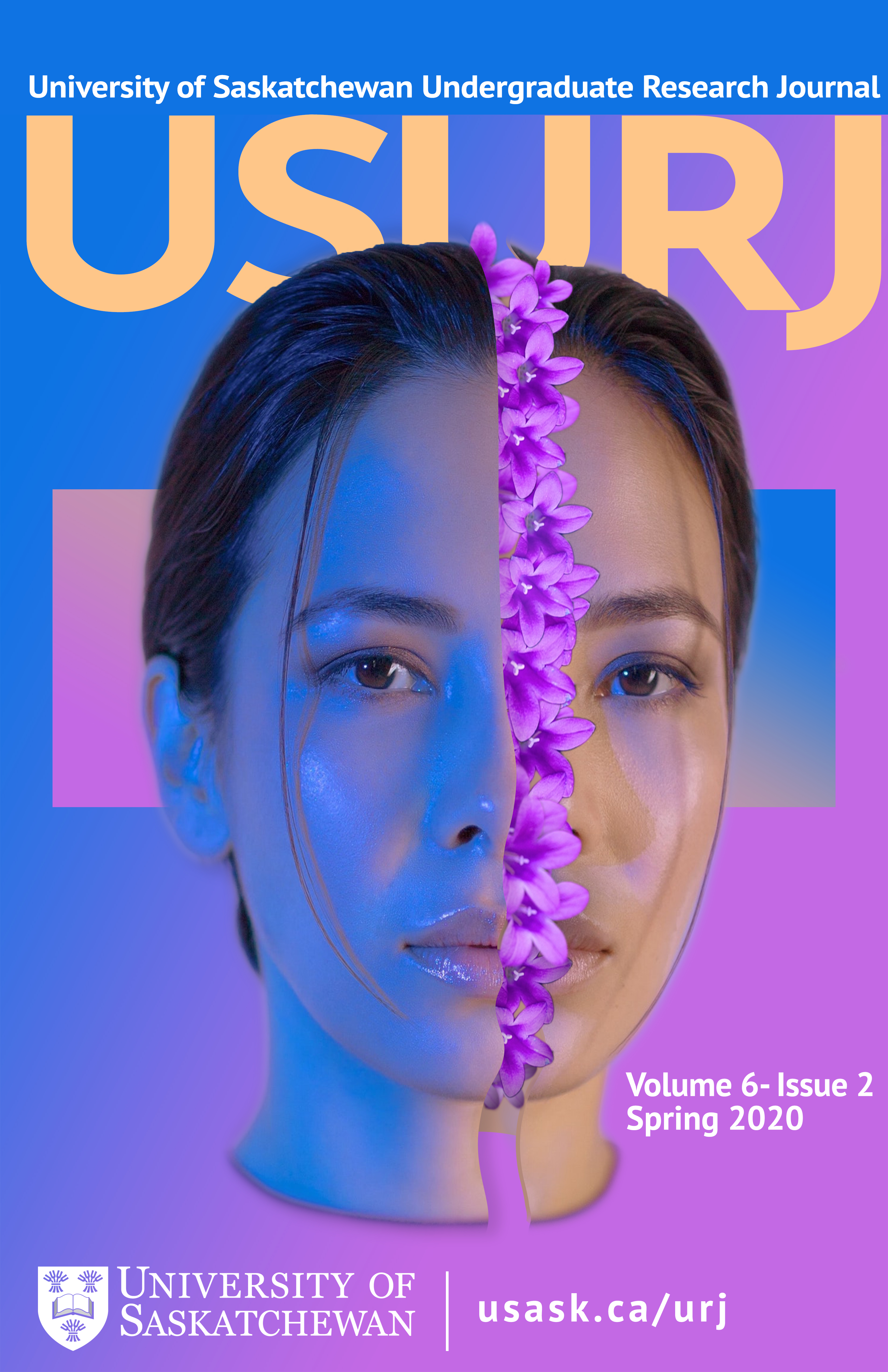A centroid-based modelling approach to lens inversion for gravitationally lensed systems
Main Article Content
Abstract
In this research, we propose a novel method for determining the coordinate of a gravitational lens in systems where the lens has not yet been directly observed. Our technique uses image processing software to locate the optical centroid of strongly lensed systems and then applies a geometric analysis to derive the coordinates of the lens from the coordinates of the centroid and the arrangement of the lensed images. We demonstrate this method on gravitationally lensed quasar systems in which the lens has been observed to empirically validate our model, and then apply it to the GraL group's list of lensing candidates derived from Gaia DR2 to propose lens coordinates in these candidate systems.
Downloads
Article Details
Section
Articles: USURJ’s current Publication Agreements apply a Creative Commons Attribution-NonCommercial License (CC-BY-NC) by default. The CC BY-NC license lets others remix, tweak, and build upon work non-commercially. The author(s) can choose a different CC license, as outlined in https://creativecommons.org/about/cclicenses/. Please see the PDF for each article to determine what license is applied to that article. Author(s) can also request to reserve all copyright (All Rights Reserved). If there is no indication for articles published before September 2020, assume the author retains all rights beyond those necessary for publication by USURJ. All articles published after September 2020 will apply one of the aforementioned CC licenses. See the Publication Agreement under the Submission Preparation Checklist or Author Guidelines for more information. Artwork: All copyright for the original artwork remains with the artist unless they wish to apply a Creative Commons (CC) license to the artwork. Please see the PDF for each artwork to determine what license is applied to that artwork.
